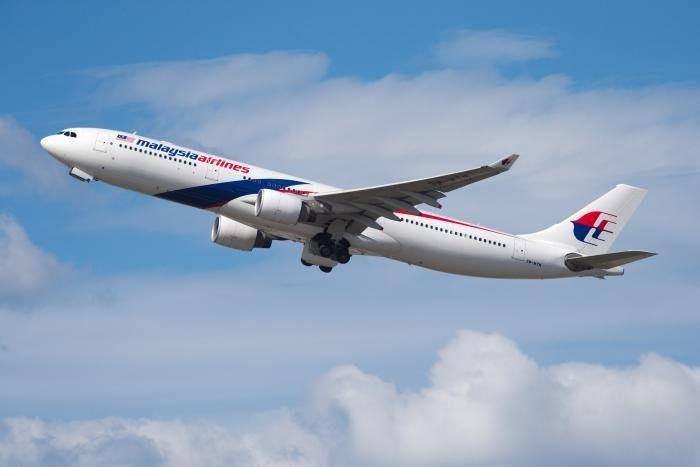Air airplane pitot coverings are essential to keep an aircraft’s pitot system functioning and in good condition. These little essential add-ons are made to protect the pitot tube, a tiny part that accurately measures airspeed while in flight. The protective covers play an important role in aircraft operations, but their use has many other benefits as well, such as increasing safety and efficiency.
Understanding the Pitot System
The pitot tube is mounted outside the aircraft and is used to collect the impact pressure of approaching air. This allows the airspeed indicator to give the pilot precise, real-time data. When not properly protected while in flight, this vital instrument is vulnerable to a variety of possible hazards, from insects and debris to the extremes of inclement weather. This vulnerability emphasizes how crucial it is to use airplane pitot covers when the aircraft is safely parked or on the ground.
Impenetrable Shield Against Contaminants
One of the primary and noteworthy advantages inherent in the utilization of airplane pitot covers is the impenetrable shield they offer against contaminants. Be it the fine particles of dust, resilient dirt, or avian droppings, these elements pose a tangible risk to the accuracy of the pitot system if they find their way into the tube. Even seemingly inconsequential debris can obstruct the opening, leading to inaccurate airspeed readings and potentially compromising flight safety.
The use of purpose-built aircraft pitot covers emerges as a straightforward yet highly effective solution, acting as a formidable barrier to prevent contaminants from infiltrating the pitot tube, thereby ensuring that the airspeed measurement remains unwaveringly reliable when the aircraft resumes operation.
Weather-Resistant Fortress
Adverse weather conditions, from torrential rain to snowfall and freezing temperatures, can pose a formidable threat to an aircraft’s sensitive instruments. In such challenging weather scenarios, the functionality of the pitot system becomes particularly susceptible, potentially giving rise to safety concerns during critical phases of flight, such as takeoff and landing. Airplane pitot covers, acting as a weather-resistant fortress, play a pivotal role in safeguarding the pitot tube from the relentless onslaught of the elements.
By mitigating the potentially harmful effects of weather-related challenges, these covers contribute significantly to the overall reliability of the airspeed indicator, a critical component for informed pilot decision-making throughout different flight phases.
Warding Off Insect Intrusion
Insects, despite their seemingly inconspicuous nature, can become formidable adversaries when it comes to aviation safety. Even minuscule insects can create insidious blockages within the pitot tube, adversely affecting the accuracy of airspeed readings. Airplane pitot covers emerge as a reliable and proactive measure against insect intrusion, forming a waterproof barrier that prevents bugs from entering the pitot system when the aircraft is at rest. This foresighted approach ensures that the pitot tube remains clear and free from potential obstructions, allowing for consistently accurate airspeed measurements when the aircraft resumes operation.
Cost-Effective Maintenance Strategies
Considering the potential havoc that contaminants or adverse weather conditions can wreak on an unprotected pitot system, the cost-effective nature of airplane pitot covers becomes patently evident. Investing in these covers represents a modest expense when weighed against the potential costs associated with repairing or replacing a compromised pitot tube.
By incorporating these purpose-built covers into regular aircraft maintenance routines, operators can not only extend the operational lifespan of their pitot systems but also sidestep unnecessary expenditures in the long run, solidifying the notion that prevention is invariably more economical than cure.
Compliance with Rigorous Aviation Standards
The usage of airplane pitot covers goes beyond convenience in the aviation business, where adherence to strict safety standards is mandatory; in fact, it is frequently a legislative requirement. To keep an airplane safe and airworthy, global aviation authorities mandate that pitot tubes be covered carefully. In addition to being required by law, adhering to these strict guidelines is a sign of a firm commitment to upholding the highest standards of aviation safety. Using airplane pitot covers becomes an essential component of an all-encompassing safety procedure, highlighting the industry’s joint commitment to promoting safe and dependable aviation.
Conclusion
The advantages of airplane pitot cover extend far beyond their seemingly modest appearance, encompassing an array of benefits that contribute holistically to the safety, efficiency, and cost-effectiveness of aviation. By delving into the nuanced intricacies of the pitot system and recognizing its myriad threats, operators can make informed decisions to safeguard their aircraft.

